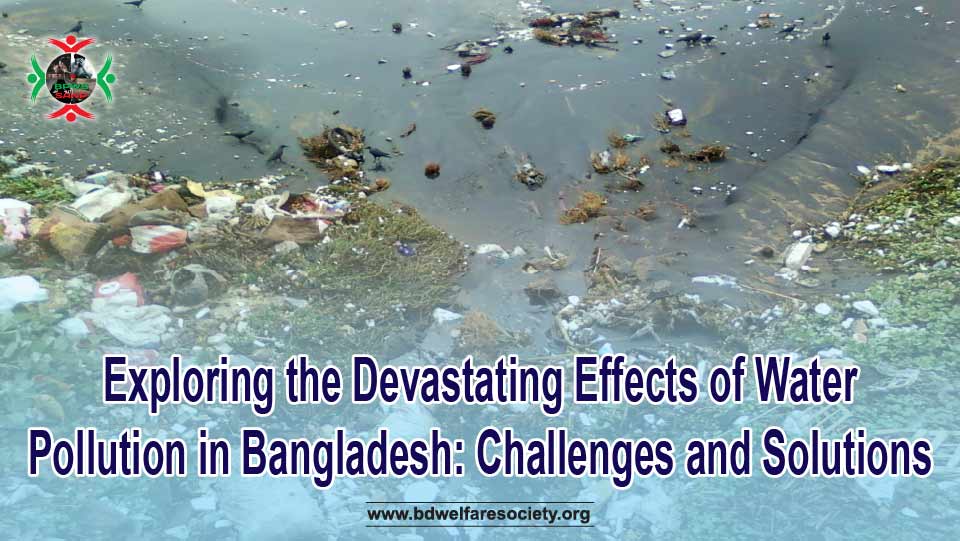
Exploring the devastating effects of water pollution in Bangladesh poses severe health risks and threatens biodiversity. Addressing these challenges requires immediate and sustainable solutions.
Exploring the devastating effects of water pollution in Bangladesh faces a critical water pollution crisis, affecting millions. Contaminated water sources lead to widespread diseases and environmental degradation. Industrial waste, agricultural runoff, and inadequate waste management contribute to the problem. The presence of harmful chemicals like arsenic in drinking water has dire health consequences.
Efforts to combat water pollution include stricter regulations, improved waste treatment facilities, and community awareness programs. Collaboration between government, industries, and citizens is essential. Investing in clean water technologies and sustainable practices can mitigate the impact. Immediate action is necessary to protect public health and preserve the environment for future generations.
Introduction To Water Pollution
Exploring the devastating effects of water pollution in Bangladesh is a major issue worldwide. Contaminated water affects human health and the environment. In Bangladesh, this issue is especially severe. Understanding its impact is crucial for finding solutions.
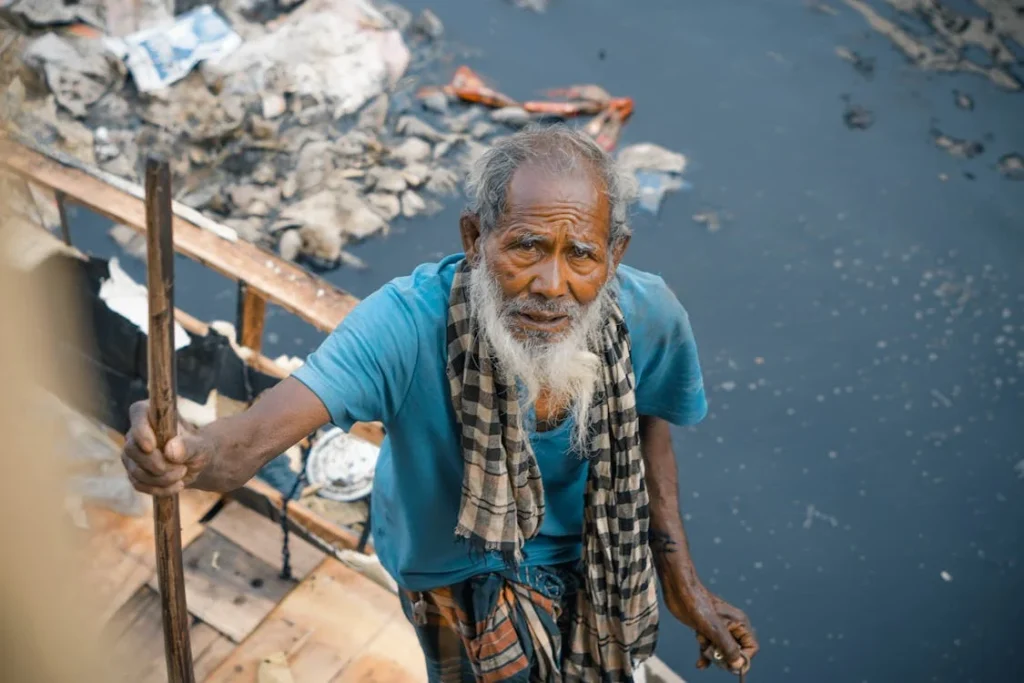
Scope Of The Issue
Bangladesh faces severe water pollution. The main sources are industrial waste, agricultural runoff, and domestic sewage. Factories discharge chemicals directly into rivers. Farmers use pesticides and fertilizers that wash into water bodies. Households dump untreated sewage into streams and rivers.
Polluted water harms both people and wildlife. It causes diseases like cholera and dysentery. Fish and other aquatic life die from toxic chemicals. Polluted rivers can no longer support local livelihoods.
| Source of Pollution | Impact |
|---|---|
| Industrial Waste | Contaminates drinking water |
| Agricultural Runoff | Kills aquatic life |
| Domestic Sewage | Spreads diseases |
Why Bangladesh?
Bangladesh is prone to water pollution due to its geography and population. The country is crisscrossed by rivers. Many people live near these water sources. They depend on rivers for drinking, cooking, and washing. High population density increases waste production. Poor waste management practices worsen the problem.
Climate change also plays a role. Rising sea levels lead to saltwater intrusion. This makes freshwater sources salty and undrinkable. Floods wash more pollutants into rivers, worsening water quality.
Understanding these challenges is key to finding effective solutions. Addressing water pollution in Bangladesh requires a collective effort from all stakeholders.
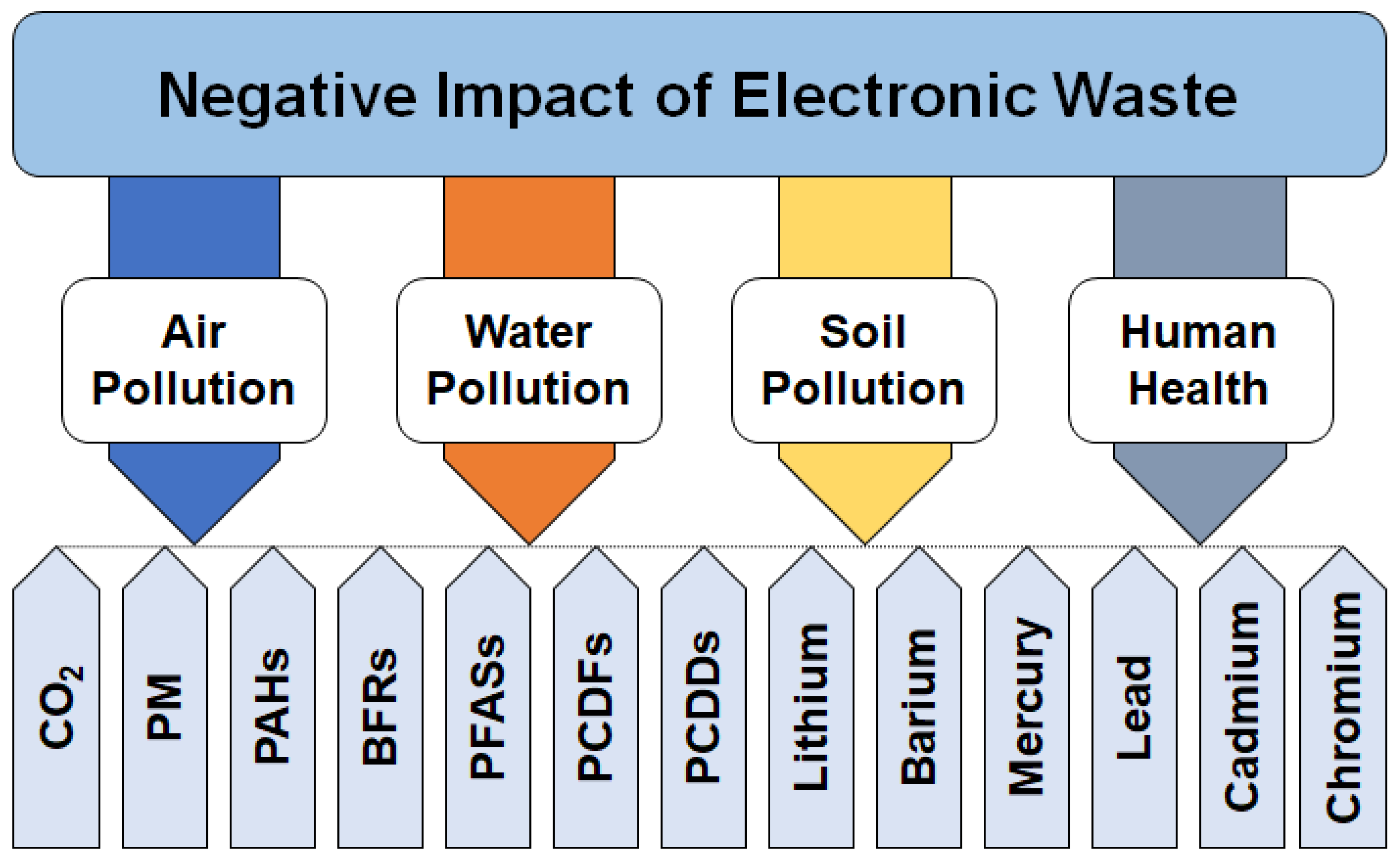
Credit: www.mdpi.com
Historical Context
Exploring the devastating effects of water pollution in Bangladesh requires understanding its historical context. This history helps us see why the problem exists today. Water pollution in Bangladesh has deep roots. Industrial growth and agricultural practices have played significant roles.
Industrial Growth
Bangladesh saw rapid industrial growth in the late 20th century. Factories and industries began sprouting up across the country. Many of these factories lacked proper waste management systems. They often dumped untreated waste into rivers and lakes. This practice led to severe water pollution.
Textile and garment factories are the main culprits. They release harmful chemicals and dyes into water bodies. These pollutants have contaminated the water, affecting both humans and wildlife.
| Industry | Pollutant | Effect |
|---|---|---|
| Textile | Chemicals, Dyes | Water Contamination |
| Leather | Tannery Waste | Soil and Water Pollution |
| Pharmaceutical | Medicinal Waste | Aquatic Life Impact |
Agricultural Practices
Agricultural practices in Bangladesh have also contributed to water pollution. Farmers use large amounts of fertilizers and pesticides. These chemicals often wash into rivers and ponds during rains. This process is known as agricultural runoff.
Agricultural runoff introduces nitrates and phosphates into water bodies. These chemicals cause excessive algae growth, known as algal blooms. Algal blooms deplete oxygen in the water, harming fish and other aquatic life.
Traditional irrigation methods exacerbate the problem. Farmers often use surface water for irrigation. This practice reduces water levels and concentrates pollutants.
- Fertilizers contain nitrates and phosphates
- Pesticides include harmful chemicals
- Irrigation uses surface water, concentrating pollutants
Improving these practices is essential for reducing water pollution. Efforts to educate farmers on sustainable methods can help. Government policies can also play a crucial role.
Major Pollutants
Bangladesh faces severe water pollution problems. Major pollutants are a significant cause. These pollutants come from various sources. They affect the health of people and the environment.
Chemical Contaminants
Chemical contaminants are a major threat. Factories release harmful chemicals into rivers. These include heavy metals and toxic substances. Arsenic is a common contaminant in groundwater. It causes serious health issues. Pesticides used in agriculture also pollute water. They harm fish and other aquatic life.
- Heavy Metals: Lead, Mercury, Cadmium
- Industrial Chemicals: Benzene, Polychlorinated Biphenyls (PCBs)
- Arsenic: Found in groundwater
- Pesticides: Used in farming
Biological Contaminants
Biological contaminants pose another serious risk. These include bacteria, viruses, and parasites. E. coli is a common bacterial contaminant. It comes from sewage and animal waste. Cholera is caused by contaminated water. It leads to severe diarrhea and dehydration.
Biological contaminants are often found in stagnant water. They thrive in areas with poor sanitation. Flooding can also spread these contaminants. During floods, waste mixes with drinking water. This increases the risk of waterborne diseases.
| Biological Contaminant | Source | Effect |
|---|---|---|
| E. coli | Sewage, Animal Waste | Diarrhea, Stomach Cramps |
| Cholera | Contaminated Water | Severe Diarrhea, Dehydration |
| Parasites | Stagnant Water | Intestinal Issues |
Addressing these pollutants is crucial. Effective solutions can improve water quality. They can protect health and the environment. It is important to take action now.

Sources Of Pollution
Bangladesh faces severe water pollution. Various sources contribute to this issue. Understanding these sources is crucial for finding solutions. Let’s explore the primary sources of water pollution in Bangladesh.
Industrial Waste
Industries in Bangladesh dump waste into rivers and lakes. This waste includes chemicals and toxic substances. Factories produce waste that harms water quality. Some common pollutants are:
- Heavy metals
- Dyes
- Solvents
These pollutants come from textile, leather, and dyeing industries. The untreated waste affects aquatic life and human health. Industrial waste management is essential to reduce pollution.
Agricultural Runoff
Agriculture is vital for Bangladesh. Farmers use fertilizers and pesticides for better crops. These chemicals wash into rivers during rains. This runoff contains harmful substances. Common pollutants from agricultural runoff include:
- Nitrates
- Phosphates
- Pesticides
These pollutants lead to water contamination. They cause problems like algae blooms and fish deaths. Proper agricultural practices can help reduce this runoff.
Impact On Human Health
Water pollution in Bangladesh has severe effects on human health. Contaminated water sources lead to numerous health issues. This section explores the impact on human health, focusing on waterborne diseases and long-term health effects.
Waterborne Diseases
Waterborne diseases are a major concern in Bangladesh. Polluted water carries harmful bacteria and viruses. These pathogens cause illnesses like cholera, dysentery, and typhoid fever. Children are especially vulnerable to these diseases.
- Cholera: A bacterial disease causing severe diarrhea and dehydration.
- Dysentery: Inflammation of the intestines, causing severe diarrhea with blood.
- Typhoid Fever: A bacterial infection leading to high fever, weakness, and stomach pain.
Unsafe drinking water is a primary source of these diseases. Rural areas suffer the most due to a lack of clean water access.
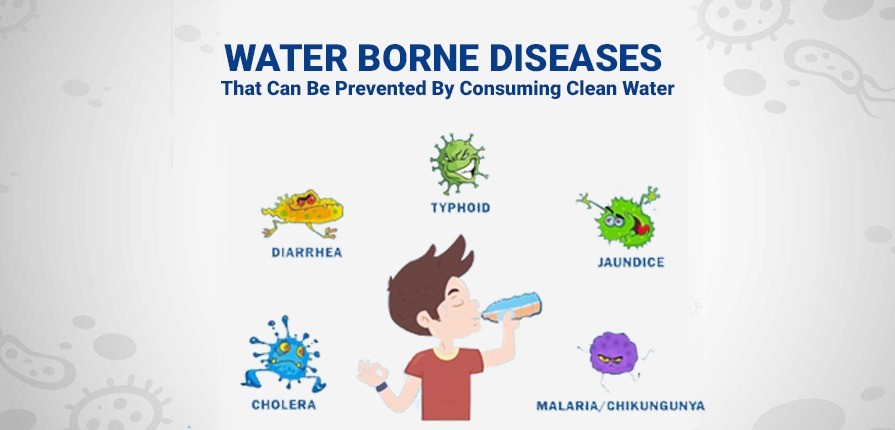
www.linkedin.com
Long-term Health Effects
Long-term exposure to polluted water can have serious health consequences. Prolonged ingestion of contaminated water leads to chronic conditions. Heavy metals and toxins in water affect vital organs.
| Pollutant | Health Effect |
|---|---|
| Arsenic | Skin lesions, cancer, cardiovascular diseases |
| Lead | Neurological damage, developmental delays in children |
| Mercury | Kidney damage, cognitive impairments |
Children exposed to these toxins face growth and developmental issues. Pregnant women are at risk too, leading to birth defects.
Ensuring access to clean water is crucial. It can mitigate these long-term health effects.
Effect On Ecosystems
Water pollution in Bangladesh has far-reaching impacts on ecosystems. Polluted water bodies disrupt the natural balance and harm various forms of life. This section explores how aquatic life and biodiversity suffer due to water pollution.
Aquatic Life
Polluted water bodies in Bangladesh are harmful to aquatic life. Fish and other aquatic animals face severe threats. Toxic chemicals from industries poison the water. This leads to mass deaths of fish and other creatures.
Plastics and other waste materials clog rivers and lakes. These obstacles make it hard for fish to move and find food. Many species struggle to survive in these harsh conditions.
Heavy metals like mercury and lead are particularly dangerous. These metals accumulate in the bodies of fish. When people eat these fish, they get sick too. This creates a vicious cycle of pollution and disease.
Biodiversity Loss
Water pollution also leads to significant biodiversity loss. Many species of plants and animals depend on clean water to live. Polluted water destroys their habitats.
Wetlands in Bangladesh are home to many unique species. Pollutants harm these sensitive areas, leading to the disappearance of rare plants and animals. This loss of biodiversity affects the entire ecosystem.
The food chain is also disrupted by water pollution. Predators that rely on fish and other aquatic creatures for food struggle to find enough to eat. This leads to a decline in their populations as well.
The following table shows some of the pollutants and their effects:
| Pollutant | Effect on Aquatic Life | Effect on Biodiversity |
|---|---|---|
| Industrial Chemicals | Poison fish, cause mass deaths | Destroy plant habitats |
| Plastics | Clog waterways, block movement | Harm sensitive species |
| Heavy Metals | Accumulate in fish, cause disease | Disrupt food chains |
Economic Consequences
The impact of water pollution in Bangladesh extends beyond health and the environment. It significantly affects the economy. Two major areas where economic consequences are felt are healthcare costs and the loss of livelihoods. Both areas contribute to the country’s financial burden.
Healthcare Costs
Water pollution leads to many diseases in Bangladesh. People suffer from diarrhea, cholera, and skin diseases. Treating these illnesses requires money. Families often spend their savings on medical bills. The government also allocates funds to healthcare. This reduces the money available for other essential services. Hospitals become overcrowded with patients. The cost of medicines and treatments rises. Poor water quality strains the healthcare system.
Loss Of Livelihoods
Many people in Bangladesh rely on fishing for their income. Polluted water kills fish and other aquatic life. Fishermen catch fewer fish and earn less money. Farmers also suffer due to water pollution. Contaminated water harms crops and livestock. This reduces agricultural productivity. Many workers lose their jobs and income. Families struggle to afford basic needs. Economic growth slows down.
| Economic Impact | Description |
|---|---|
| Healthcare Costs | Increased spending on treating waterborne diseases. |
| Loss of Livelihoods | Reduced income from fishing and farming activities. |
Addressing water pollution is crucial for Bangladesh’s economy. Reducing healthcare costs and protecting livelihoods can improve the country’s financial health.
Government Policies
Water pollution in Bangladesh is a critical issue. The government has introduced various policies to tackle it. These policies aim to reduce pollution and protect water resources. Let’s dive into the current regulations and enforcement issues.
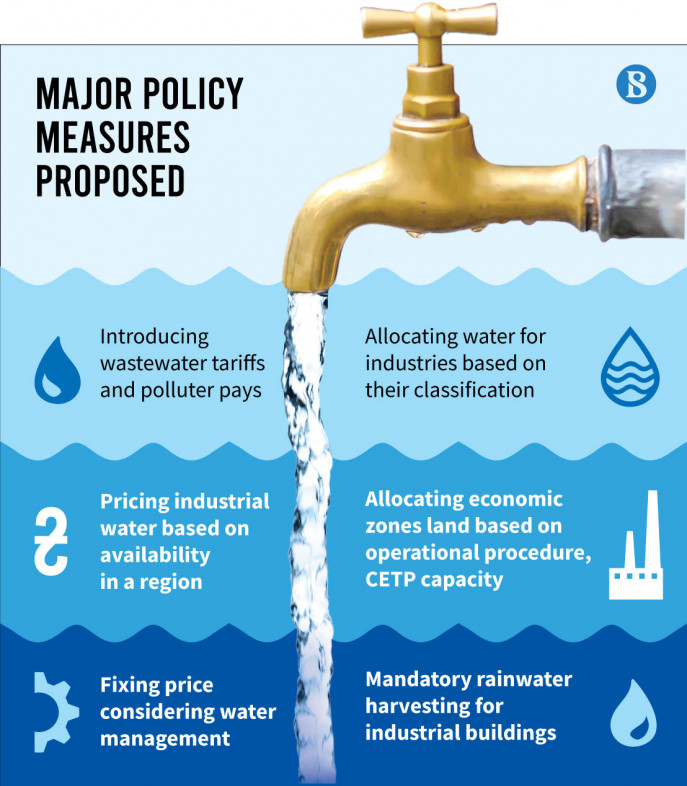
www.tbsnews.net
Current Regulations
The Bangladeshi government has several laws to combat water pollution. The Environment Conservation Act is one of the key regulations. It focuses on preserving the environment and natural resources. The Bangladesh Water Act aims to manage water resources effectively. It ensures safe water for all citizens. These laws set limits on industrial waste and pollutants. Industries must treat their waste before releasing it into water bodies.
| Regulation | Purpose |
|---|---|
| Environment Conservation Act | Preserve environment and resources |
| Bangladesh Water Act | Manage water resources |
Enforcement Issues
Despite these laws, enforcement remains weak. Many industries do not follow the regulations. They discharge untreated waste into rivers and lakes. The lack of monitoring is a big problem. The government lacks resources to inspect all industries. Corruption also hampers enforcement efforts. Officials sometimes accept bribes to ignore violations. This allows polluters to continue their harmful practices.
- Lack of monitoring and inspection
- Corruption and bribery
- Industries not following regulations
Addressing these enforcement issues is crucial. Stronger monitoring and strict penalties can help. Raising public awareness is also important. Citizens can play a role in reporting violations. Together, these efforts can reduce water pollution in Bangladesh.
Community Response
Water pollution in Bangladesh has severe effects. The community is taking action. Local initiatives and public awareness are key to their response. These efforts aim to reduce pollution and protect health.
Local Initiatives
Local communities in Bangladesh are stepping up. They are organizing clean-up drives and educational programs. These activities teach people about the dangers of polluted water.
- Clean-Up Drives: Volunteers gather to clean rivers and lakes. They remove plastic waste and other pollutants.
- Educational Programs: Schools and community centers host workshops. These sessions focus on water safety and pollution prevention.
Local farmers are also involved. They use eco-friendly farming methods. This reduces chemical run-off into water bodies.
| Initiative | Action | Impact |
|---|---|---|
| Clean-Up Drives | Removing waste from water sources | Cleaner water, safer environment |
| Educational Programs | Teaching about water safety | Increased awareness, better practices |
| Eco-Friendly Farming | Using less harmful chemicals | Reduced pollution, healthier crops |
Public Awareness
Public awareness campaigns are crucial. They inform people about the dangers of water pollution. These campaigns use various methods to spread the word.
- Social Media: Platforms like Facebook and Twitter are used. They share information and updates on pollution issues.
- Community Meetings: Local leaders hold meetings. They discuss pollution and possible solutions with residents.
- Print Media: Newspapers and flyers are distributed. They contain articles and tips on reducing water pollution.
These efforts are making a difference. People are becoming more conscious of their actions. They are taking steps to protect their water sources.
Community response in Bangladesh shows promise. Local initiatives and public awareness are leading the way. Together, they are fighting against water pollution.
Technological Solutions
Bangladesh faces severe challenges due to water pollution. Technological solutions offer hope for cleaner water. Using advanced technology can improve water quality and public health. This section explores effective technologies for tackling water pollution in Bangladesh.
Water Treatment
Water treatment is vital for clean drinking water. It removes harmful pollutants. Bangladesh uses several water treatment methods.
- Reverse Osmosis: This method removes contaminants using a special membrane. It is effective but costly.
- UV Purification: UV light kills bacteria and viruses. It is a quick and efficient method.
- Filtration Systems: These systems use sand, charcoal, and other materials. They filter out pollutants and improve water quality.
Local communities can benefit from affordable and sustainable water treatment solutions. Implementing these technologies can reduce waterborne diseases.
Pollution Monitoring
Monitoring water pollution is crucial for effective management. Advanced tools and techniques help track pollution levels.
- Sensors: Sensors detect pollutants in real-time. They provide immediate data on water quality.
- Drones: Drones can monitor large water bodies. They capture images and collect data quickly.
- GIS Mapping: Geographic Information Systems (GIS) map pollution sources. They help identify hotspots and plan interventions.
Regular monitoring helps authorities take timely actions. It ensures the safety of water resources.
| Technology | Purpose | Benefits |
|---|---|---|
| Reverse Osmosis | Water Treatment | Removes contaminants, improves taste |
| UV Purification | Water Treatment | Kills bacteria, quick method |
| Sensors | Pollution Monitoring | Real-time data, immediate response |
| Drones | Pollution Monitoring | Large area coverage, quick data collection |
Role Of NGOs
Non-Governmental Organizations (NGOs) play a vital role in combating water pollution in Bangladesh. Their efforts are crucial for addressing the country’s water crisis. NGOs work on multiple fronts to mitigate the impact of polluted water.
Advocacy Efforts
NGOs advocate for stricter regulations on water pollution. They raise awareness among local communities about the dangers of polluted water. Their campaigns often influence government policies.
- Organize workshops and seminars
- Collaborate with media outlets to spread information
- Engage with policymakers to enforce stricter laws
These advocacy efforts help shape public opinion and encourage responsible water use.
On-the-ground Projects
NGOs also implement on-the-ground projects to tackle water pollution directly. These projects often involve cleaning contaminated water sources and installing filtration systems.
| Project Type | Details |
|---|---|
| Water Filtration | Installing affordable water filters in rural areas |
| River Clean-Up | Organizing community efforts to clean local rivers |
These projects improve water quality and reduce health risks for communities.
NGOs also focus on education. They teach communities how to avoid water contamination. This empowers people to take action and protect their water sources.
In summary, NGOs are indispensable in the fight against water pollution in Bangladesh. Their advocacy and on-the-ground efforts make a significant impact.
International Aid
International aid plays a crucial role in tackling water pollution in Bangladesh. Multiple organizations and countries contribute through various initiatives. This support is essential for creating sustainable solutions and improving water quality.
Funding Programs
Many international funding programs target water pollution in Bangladesh. These programs provide essential financial resources for projects. They help build water treatment plants and improve waste management systems.
| Organization | Program | Focus Area |
|---|---|---|
| World Bank | Clean Water Project | Water Treatment |
| USAID | Water and Sanitation Initiative | Sanitation Systems |
| UNICEF | Water Safety Program | Safe Drinking Water |
Collaborative Efforts
Collaborative efforts are vital for addressing water pollution in Bangladesh. International organizations team up with local agencies. They work together to create effective solutions.
- Knowledge Sharing: Experts from different countries share knowledge and best practices.
- Joint Research: Collaborative research projects identify pollution sources and solutions.
- Community Engagement: Programs involve local communities in pollution control efforts.
Partnerships between governments and NGOs enhance the impact of these efforts. They ensure that resources are used efficiently. This cooperation leads to significant improvements in water quality and public health.
Sustainable Practices
Exploring the devastating effects of water pollution in Bangladesh requires sustainable practices. These practices help reduce pollution and protect water resources. Sustainable practices ensure a healthy environment for future generations. Below are two key areas where sustainable practices make a significant impact.
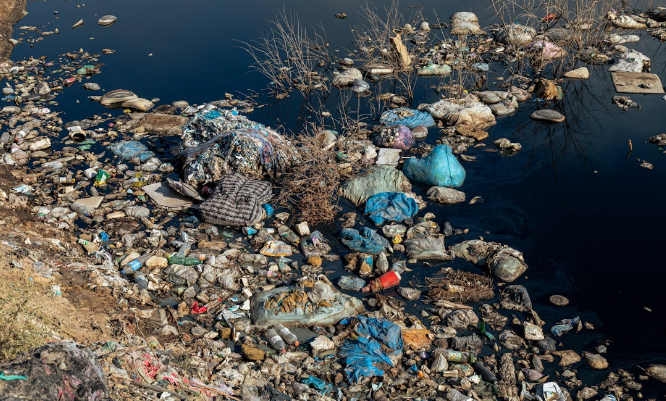
Eco-friendly Farming
Eco-friendly farming plays a vital role in reducing water pollution. Using organic fertilizers instead of chemical ones protects water bodies. Organic fertilizers decompose naturally and do not harm aquatic life.
Farmers can use crop rotation to maintain soil health. This reduces the need for harmful pesticides. Pesticides often run off into rivers and lakes, causing pollution. Crop rotation involves planting different crops in succession. This practice naturally controls pests and improves soil fertility.
Another effective method is using cover crops. Cover crops protect the soil from erosion. They also absorb excess nutrients. These nutrients would otherwise wash into water bodies and cause pollution.
Drip irrigation systems use water efficiently. They minimize water waste and reduce runoff. This helps in maintaining the quality of nearby water bodies.
Industry Standards
Setting high industry standards is essential to combat water pollution. Industries should treat wastewater before releasing it into rivers. Untreated wastewater contains harmful chemicals. These chemicals are dangerous for aquatic life and human health.
Adopting clean technologies can reduce industrial pollution. Clean technologies use less water and produce fewer pollutants. Industries should invest in these technologies to minimize their environmental impact.
Regular monitoring and enforcement of industry standards are crucial. Government agencies should conduct inspections. This ensures that industries comply with pollution control measures.
Industries can also adopt zero-discharge policies. A zero-discharge policy means no wastewater is released into the environment. Instead, wastewater is recycled and reused within the industry.
Public awareness campaigns can promote the importance of industry standards. Educating the public and industry workers can lead to better compliance and reduced pollution.
Future Challenges
The future challenges of water pollution in Bangladesh are immense. Two major factors, climate change and population growth, are set to exacerbate the existing issues. Understanding these challenges is crucial for crafting effective solutions.
Climate Change
Climate change is a significant threat to Bangladesh’s water quality. Rising temperatures increase the risk of waterborne diseases. These diseases spread more easily in warmer waters.
Additionally, unpredictable weather patterns cause severe flooding. Floods wash pollutants into rivers and lakes, degrading water quality. The sea level rise also threatens coastal areas, contaminating freshwater sources with saltwater.
Efforts to combat climate change must focus on reducing greenhouse gas emissions. Enhancing flood defenses and improving water treatment facilities are essential. Investing in sustainable practices can help mitigate these impacts.
Population Growth
Bangladesh’s population is growing rapidly. This growth puts pressure on water resources. More people mean more waste and pollution.
The increasing demand for clean water strains existing infrastructure. Overcrowded cities struggle to provide adequate sanitation. This leads to untreated sewage entering water bodies.
To address these challenges, it’s crucial to invest in modern infrastructure. Educating the public about responsible water use is vital. Implementing stricter pollution controls can also help.
| Future Challenges | Impacts | Solutions |
|---|---|---|
| Climate Change | Increased waterborne diseases, flooding, saltwater contamination | Reduce emissions, enhance flood defenses, improve water treatment |
| Population Growth | Increased waste, pollution, strain on resources | Invest in infrastructure, educate public, enforce pollution controls |
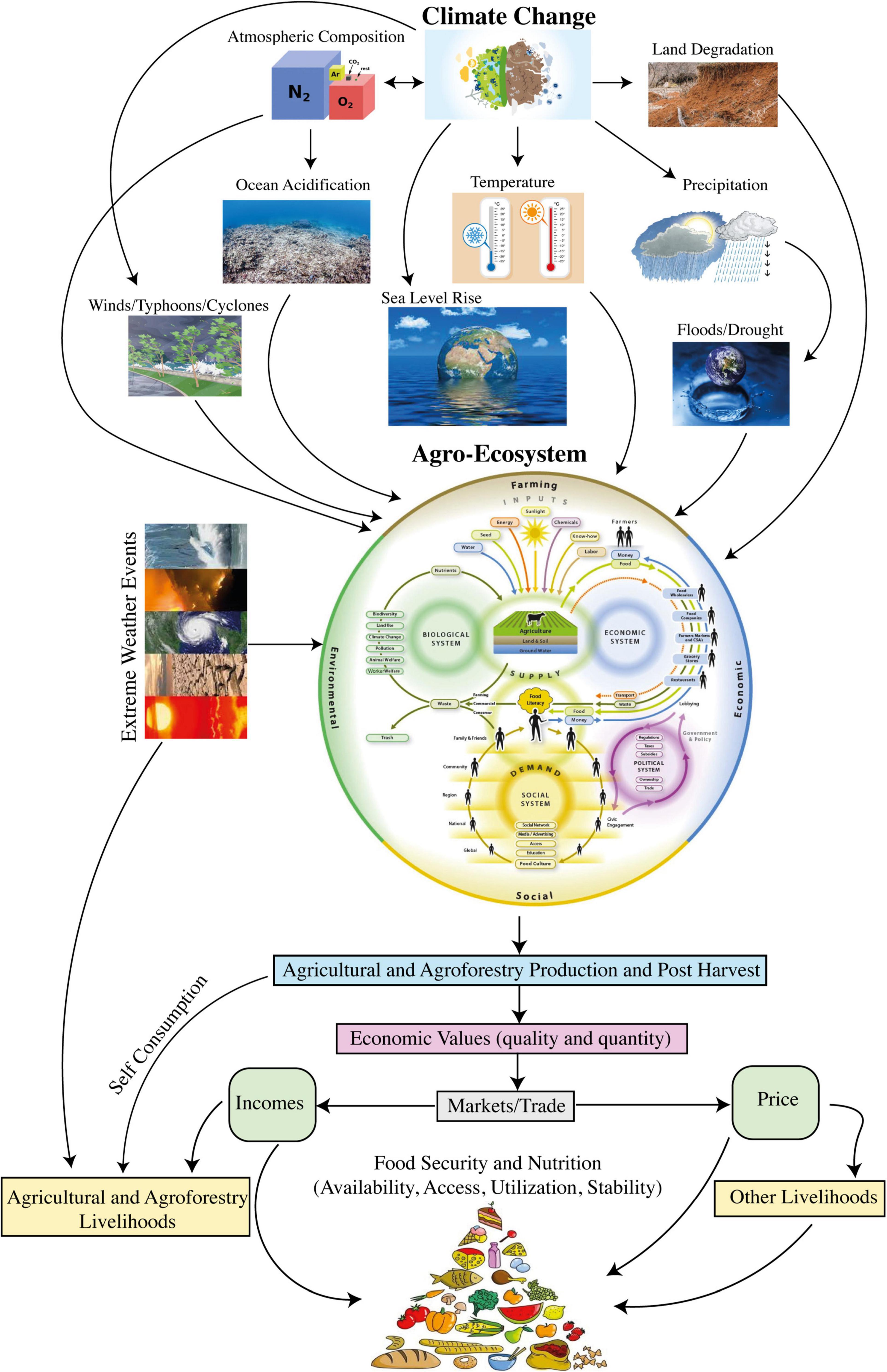
Credit: www.frontiersin.org
Frequently Asked Questions
What Was The Solution To The Water Problem In Bangladesh?
Bangladesh addressed its water problem by implementing rainwater harvesting, improving groundwater recharge, and building arsenic-free water sources. These measures ensured cleaner and safer drinking water for communities.
What Are The Problems Of Water Pollution In Bangladesh?
Water pollution in Bangladesh causes health issues, contaminates drinking water, harms aquatic life, and disrupts ecosystems. Industrial waste, agricultural runoff, and poor waste management are major contributors.
What Are The Challenges Of Water Resources In Bangladesh?
Bangladesh faces water resource challenges such as seasonal flooding, water pollution, over-extraction of groundwater, and inadequate infrastructure. Climate change exacerbates these issues, affecting agriculture and livelihoods. Ensuring sustainable water management is crucial for the country’s future.
How Can We Stop Water Pollution In Bangladesh?
Implement stricter regulations on industrial waste disposal. Promote community awareness and education programs. Invest in modern wastewater treatment plants. Encourage sustainable agricultural practices to reduce runoff. Organize regular cleanup drives for rivers and water bodies.
What Causes Water Pollution In Bangladesh?
Industrial waste, agricultural runoff, and sewage discharge are primary causes of water pollution in Bangladesh.
Conclusion
Exploring the devastating effects of water pollution in Bangladesh is crucial for the nation’s health and future. Implementing sustainable practices can help reduce contamination. Public awareness and government action are essential. Together, we can protect Bangladesh’s water resources for generations to come. Let’s commit to making a difference today.
 Prevention from Suicide, Addiction, Narcotics and Pollution. Withdrawal and Recovery Facts of Narcotics | Symptoms of Suicidal thoughts & Ideations | Effects of Environment Pollution | Understand Addiction withdrawal
Prevention from Suicide, Addiction, Narcotics and Pollution. Withdrawal and Recovery Facts of Narcotics | Symptoms of Suicidal thoughts & Ideations | Effects of Environment Pollution | Understand Addiction withdrawal






